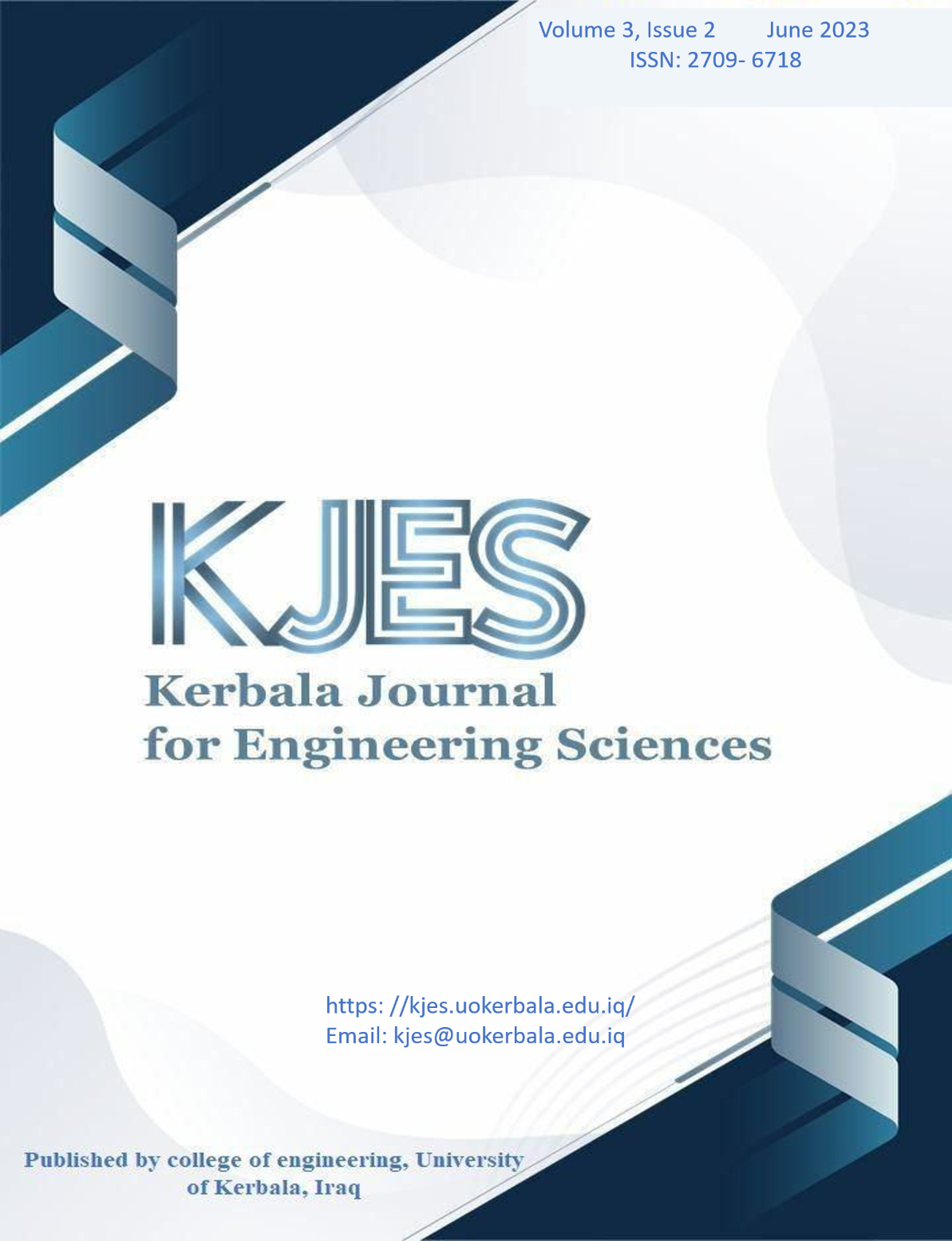Abstract
This paper proposes how to balance a non-linear triple inverted pendulum, which is represented
by a gymnastic robot in the vertical plane. This robot simulates a human acrobat. This type of robot
is installed on ball bearings and connected to a high bar that rotates freely. It is made of three
joints; the first joint is idle with no actuator (not powered). The second joint is active. As for the
third joint, it is active. The first joint presents a major challenge in how to control the balance of
the three-link gymnastic robot. To achieve that goal, Discrete Linear Quadratic Regular (DLQR)
and Linear-quadratic-Gaussian (LQG) control theory is used and implemented on the time discrete
controller by using the mathematical model of the robot. The simulation results showed the
difference between LQR and LQG control systems to balance and control the gymnastics robot
system. Finally, the LQR is better where superior results for the three links (first, second,
third) were obtained in terms of overshot (23.37%, 176.8%, 73.125%), rise time (0.05013s,
0.07519s, 0.02506s), and setting time (3.208s, 3.233s, 4.16s) compared to the than the LQG.
by a gymnastic robot in the vertical plane. This robot simulates a human acrobat. This type of robot
is installed on ball bearings and connected to a high bar that rotates freely. It is made of three
joints; the first joint is idle with no actuator (not powered). The second joint is active. As for the
third joint, it is active. The first joint presents a major challenge in how to control the balance of
the three-link gymnastic robot. To achieve that goal, Discrete Linear Quadratic Regular (DLQR)
and Linear-quadratic-Gaussian (LQG) control theory is used and implemented on the time discrete
controller by using the mathematical model of the robot. The simulation results showed the
difference between LQR and LQG control systems to balance and control the gymnastics robot
system. Finally, the LQR is better where superior results for the three links (first, second,
third) were obtained in terms of overshot (23.37%, 176.8%, 73.125%), rise time (0.05013s,
0.07519s, 0.02506s), and setting time (3.208s, 3.233s, 4.16s) compared to the than the LQG.
Keywords
gymnastic robot; Inverted Triple Pendulum; Discrete Linear Quadratic Regular (DLQR); Control of balance; Linear-quadratic-Gaussian (LQG).
Keywords
روبوت الجمباز، الالي الثلاثي المقلوب،منظم خطي تربيعي منفصل،السيطرة على التوازن،التحكم الخطي التربيعي
